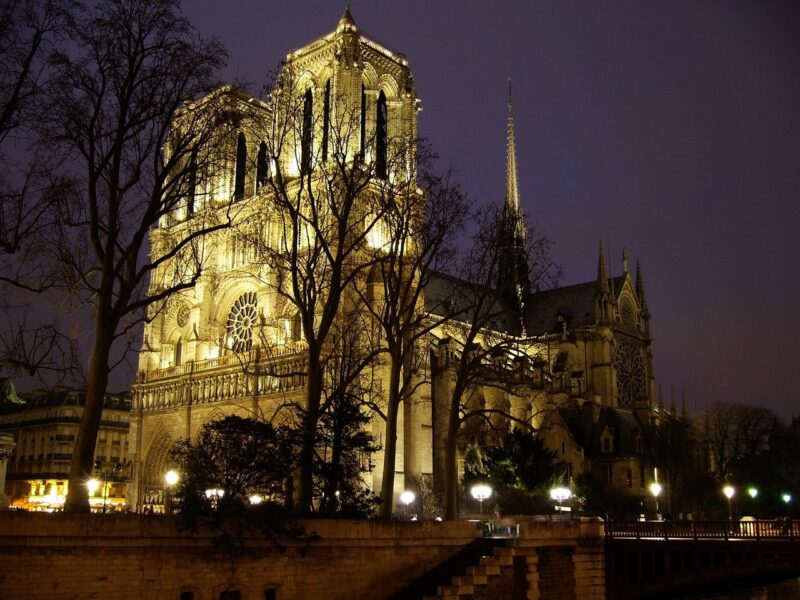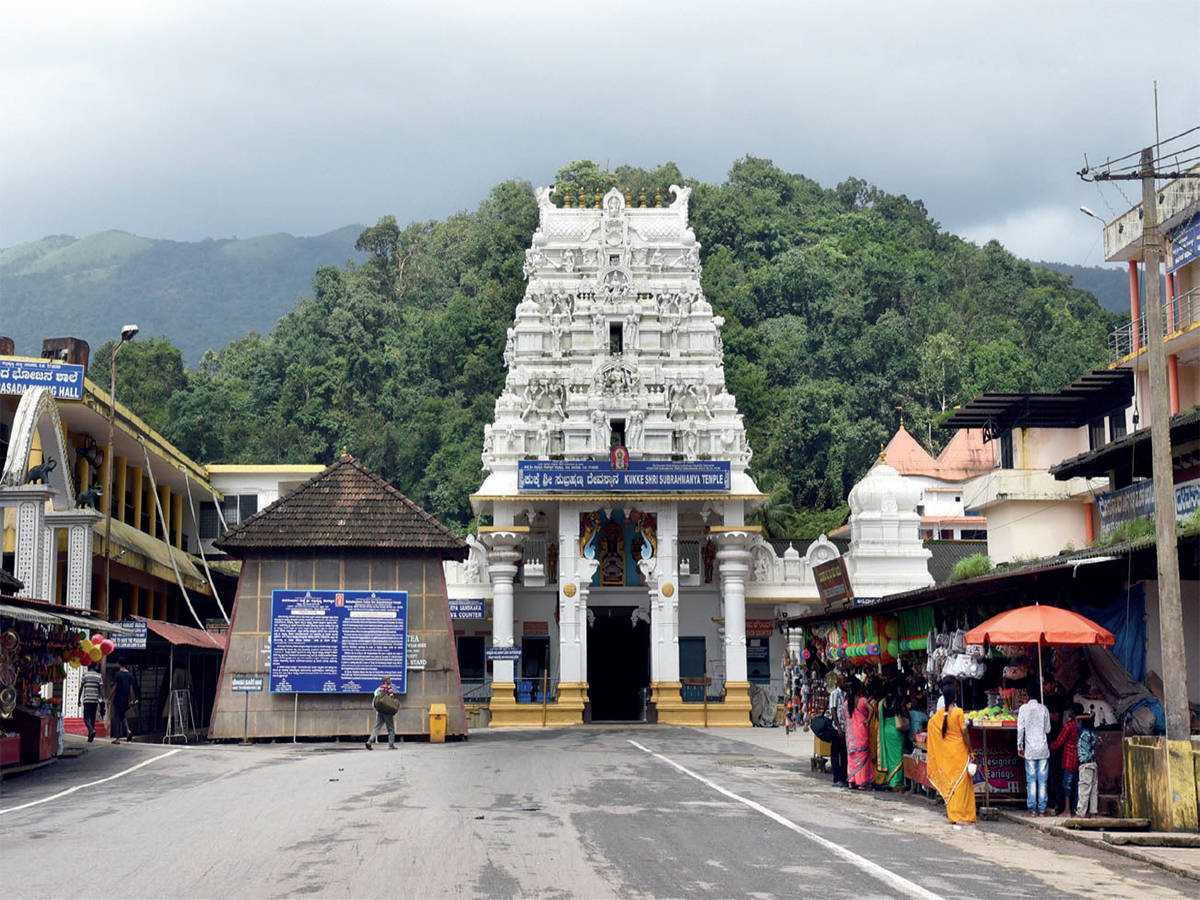The Cathedral of Notre Dame, a magnificent example of Gothic architecture, stands as a testament to human ingenuity and faith. Nestled on the Île de la Cité in the heart of Paris, it has been a witness to centuries of history, culture, and religious devotion. This iconic cathedral, known for its stunning architecture and profound significance, continues to inspire awe and admiration.
Table of Contents
- Historical Background
- Architectural Marvel
- The Iconic Spire
- Inside the Cathedral
- Cultural and Religious Significance
- The 2019 Fire
- Restoration Efforts
- Notre Dame Today
- Visitor Experience
- Architectural Comparisons
- Notre Dame in Art and Media
- Environmental and Preservation Issues
- Community and Local Impact
- Conclusion
- FAQs
Historical Background
The story of Notre Dame begins in the 12th century, with its construction initiated by Bishop Maurice de Sully in 1163. It was built on the ruins of two earlier churches, marking a new era of architectural grandeur. The construction spanned nearly two centuries, reflecting various styles and influences that evolved over time. The cathedral was completed in 1345, embodying the pinnacle of Gothic design with its pointed arches, ribbed vaults, and flying buttresses.
Architectural Marvel
Notre Dame is a masterpiece of Gothic architecture, characterized by its intricate design and innovative structural elements. The façade, with its three stunning portals, showcases an array of statues and carvings that narrate biblical stories. The twin towers, reaching a height of 69 meters, offer a breathtaking view of Paris. The gargoyles, both decorative and functional, serve as rain spouts while adding to the cathedral’s mystique. Inside, the nave stretches majestically, flanked by columns and adorned with exquisite stained glass windows that illuminate the space with ethereal light.
The Iconic Spire
The spire of Notre Dame has a storied history. The original spire, erected in the 13th century, was removed in the 18th century due to instability. It was later replaced during the 19th-century restoration led by Eugène Viollet-le-Duc, who added his own stylistic touches. This spire became a defining feature of the cathedral’s silhouette, symbolizing its reach toward the heavens. Tragically, the spire was lost in the 2019 fire, but efforts are underway to restore it to its former glory.
Inside the Cathedral
Stepping inside Notre Dame, visitors are greeted by a vast, awe-inspiring interior. The layout includes the nave, choir, and numerous chapels dedicated to various saints. The high altar, designed by Viollet-le-Duc, is a focal point of the cathedral. Notable chapels include the Chapel of the Virgin, adorned with beautiful sculptures, and the Chapel of St. Denis, featuring a stunning altarpiece. The grand organ, one of the largest in the world, adds a majestic auditory dimension to the cathedral’s ambiance.
Cultural and Religious Significance
Notre Dame has played a pivotal role in the religious life of Paris and beyond. It has been the site of countless significant events, from royal weddings to the coronation of Napoleon Bonaparte. The cathedral is deeply embedded in literature and popular culture, most famously immortalized in Victor Hugo’s novel, “The Hunchback of Notre-Dame.” This literary work not only highlighted the cathedral’s architectural beauty but also sparked interest in its preservation.
The 2019 Fire
On April 15, 2019, the world watched in horror as flames engulfed Notre Dame. The fire caused extensive damage, collapsing the roof and spire, and threatening the entire structure. The incident elicited a profound global reaction, with millions mourning the potential loss of this irreplaceable landmark. Fortunately, many of the cathedral’s most precious relics and artworks were saved, thanks to the swift actions of firefighters and rescue teams.
Restoration Efforts
In the aftermath of the fire, efforts to restore Notre Dame began almost immediately. The initial phase focused on stabilizing the structure to prevent further damage. Plans for reconstruction aim to restore the cathedral to its former splendor, with a target completion date set for 2024. However, the restoration process faces challenges, including debates over the use of modern materials versus historical accuracy, and the logistical complexities of such an ambitious project.
Notre Dame Today
As of now, Notre Dame remains closed to the public, with ongoing restoration work visible to onlookers from the outside. The restoration has made significant progress, with the stabilization phase completed and reconstruction well underway. The French government and various international organizations continue to support the efforts, ensuring that this beloved landmark will once again open its doors to worshippers and tourists alike.
Visitor Experience
Once restored, visiting Notre Dame promises to be an unforgettable experience. Tours will provide insights into the cathedral’s history, architecture, and ongoing restoration. Highlights for visitors include the chance to see the magnificent stained glass windows up close, explore the crypt, and possibly climb the towers for a panoramic view of Paris. Practical information, such as visiting hours and ticketing, will be essential for planning a trip to this iconic site.
Architectural Comparisons
Notre Dame stands out among Gothic cathedrals for its unique features and historical significance. When compared to other masterpieces like Chartres Cathedral or the Cathedral of Reims, Notre Dame’s distinctive façade, extensive use of flying buttresses, and storied history set it apart. Its influence on subsequent architectural designs is evident, as many cathedrals across Europe drew inspiration from its innovative elements.
Notre Dame in Art and Media
The cathedral has been a muse for countless artists, featured in paintings, sculptures, and photographs. Its portrayal in films and literature, such as the aforementioned “The Hunchback of Notre-Dame,” has cemented its place in popular culture. This enduring symbolism highlights Notre Dame’s role not just as a religious site but as a cultural icon.
Environmental and Preservation Issues
Notre Dame faces ongoing challenges related to environmental factors. Pollution and climate change pose threats to its stone façade and structural integrity. Preservation efforts are crucial, incorporating modern technologies to monitor and mitigate these effects. The cathedral’s status as a UNESCO World Heritage site underscores the importance of international cooperation in its conservation.
Community and Local Impact
Notre Dame has a profound impact on the local community in Paris. It is a central point for cultural and religious activities, contributing significantly to the local economy through tourism. The fire and subsequent restoration have galvanized community involvement, with many Parisians and global citizens contributing to the preservation efforts.
Conclusion
The Cathedral of Notre Dame stands as a beacon of resilience and beauty, symbolizing the enduring spirit of humanity. Its rich history, architectural splendor, and cultural significance make it an irreplaceable treasure. As restoration efforts continue, the world eagerly anticipates the day when Notre Dame will once again shine in its full glory, welcoming visitors and worshippers with open arms.
FAQs
When is the best time to visit Notre Dame?
The best time to visit Notre Dame is during the spring and early autumn when the weather is mild, and crowds are more manageable.
What makes Notre Dame unique among other cathedrals?
Notre Dame’s combination of Gothic architecture, historical significance, and cultural impact sets it apart from other cathedrals.
How can visitors contribute to the restoration efforts?
Visitors can contribute by donating to official restoration funds, participating in fundraising events, and spreading awareness about the cathedral’s significance.
What are some lesser-known facts about Notre Dame?
Lesser-known facts include its use as a warehouse during the French Revolution and the presence of a colony of bees on its roof.
How does Notre Dame compare to other Parisian landmarks?
Notre Dame’s historical and architectural significance makes it a standout among Parisian landmarks, alongside the Eiffel Tower and the Louvre.
Cathedral of Notre Dame









